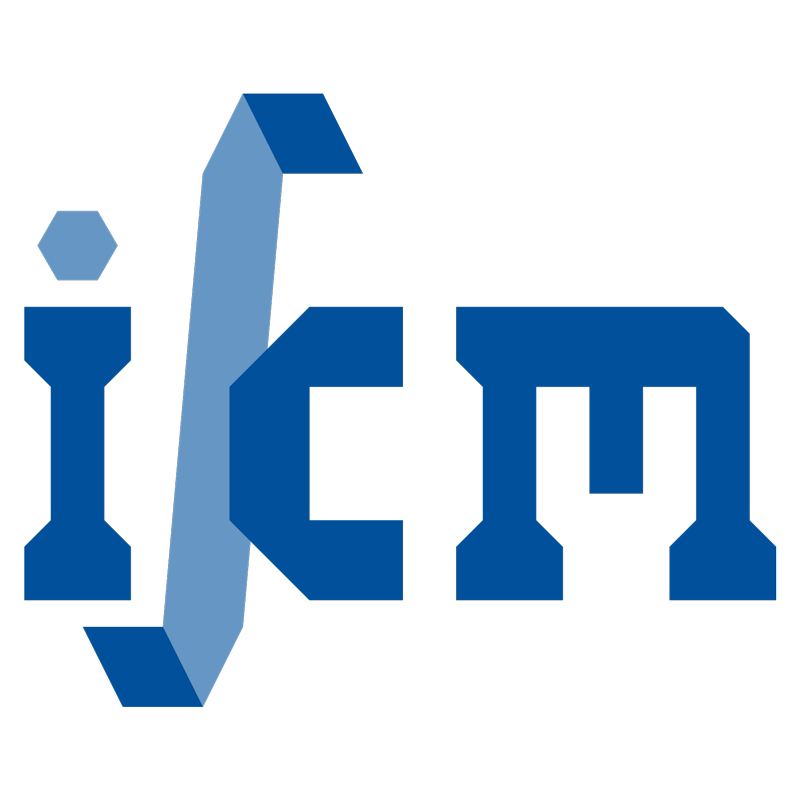Dynamic flexoelectric effect on piezoelectric nanostructures
- verfasst von
- B. H. Nguyen, Srivilliputtur Subbiah Nanthakumar, Xiaoying Zhuang, Peter Wriggers, X. Jiang, Timon Rabczuk
- Abstract
Flexoelectricity, which represents the spontaneous electric polarization induced by the strain gradient, is a universal electromechanical coupling effect regardless of symmetry in all dielectric material. In solid dielectric material, the contribution from flexoelectricity can be due to four related phenomena: static and dynamic bulk flexoelectricity, surface flexoelectricity and surface piezoelectricity. While the surface flexoelectric effect can be negligible, the magnitude of the remaining three phenomena are comparable. Presently, the role of the static bulk flexoelectric and surface piezoelectric effects in the energy harvesters has been intensively studied, the contribution from dynamic flexoelectric effect remains unclear. In this work, based on the conventional beam theory, equations of motion considering dynamic flexoelectric effect are investigated. Consequently, the free vibration of the simply supported beam is studied in order to examine the influence of the dynamic flexoelectricity on natural frequency. From the numerical studies, it is found that dynamic flexoelectric effect is more influential on thick beam model and higher vibration modes. In addition, the results show that the relation between the static and dynamic flexoelectric coefficients can also alter the free vibration response.
- Organisationseinheit(en)
-
Institut für Kontinuumsmechanik
- Externe Organisation(en)
-
Dalian University of Technology
North Carolina State University
Ton Duc Thang University
- Typ
- Artikel
- Journal
- European Journal of Mechanics, A/Solids
- Band
- 71
- Seiten
- 404-409
- Anzahl der Seiten
- 6
- ISSN
- 0997-7538
- Publikationsdatum
- 09.2018
- Publikationsstatus
- Veröffentlicht
- Peer-reviewed
- Ja
- ASJC Scopus Sachgebiete
- Allgemeine Materialwissenschaften, Werkstoffmechanik, Maschinenbau, Allgemeine Physik und Astronomie
- Elektronische Version(en)
-
https://doi.org/10.1016/j.euromechsol.2018.06.002 (Zugang:
Geschlossen)


